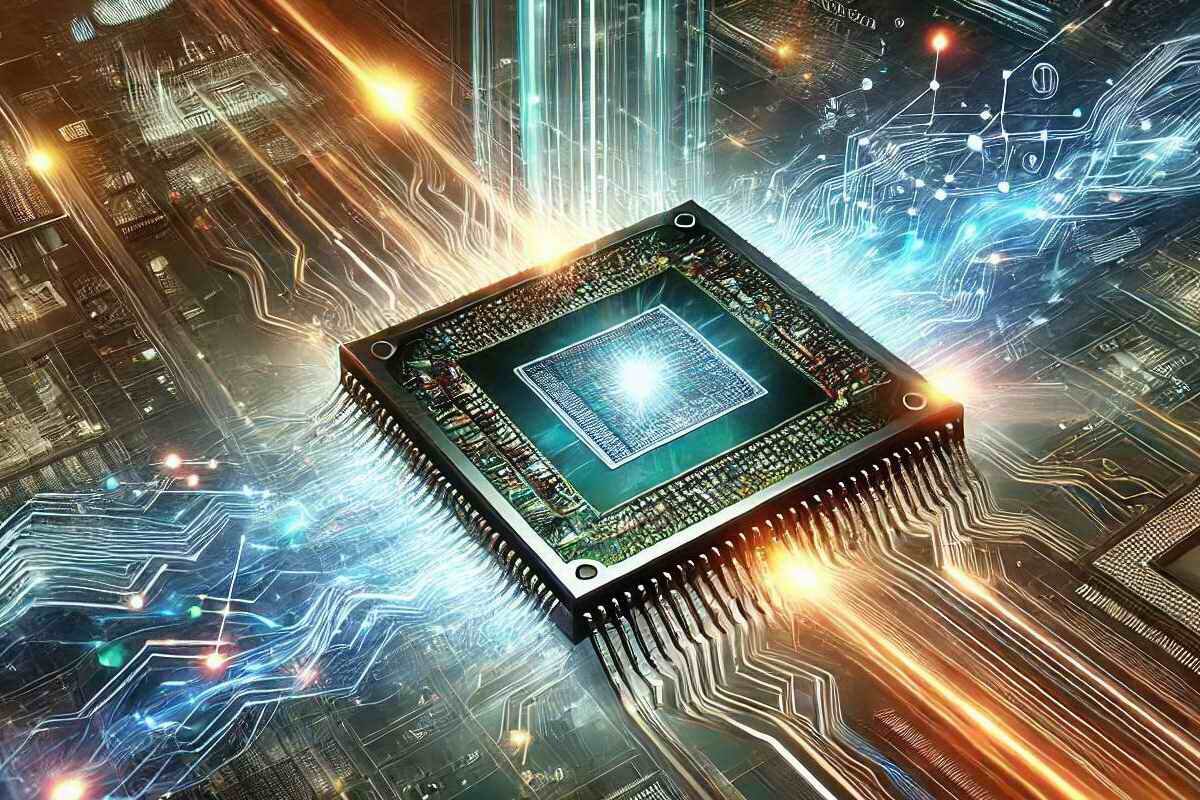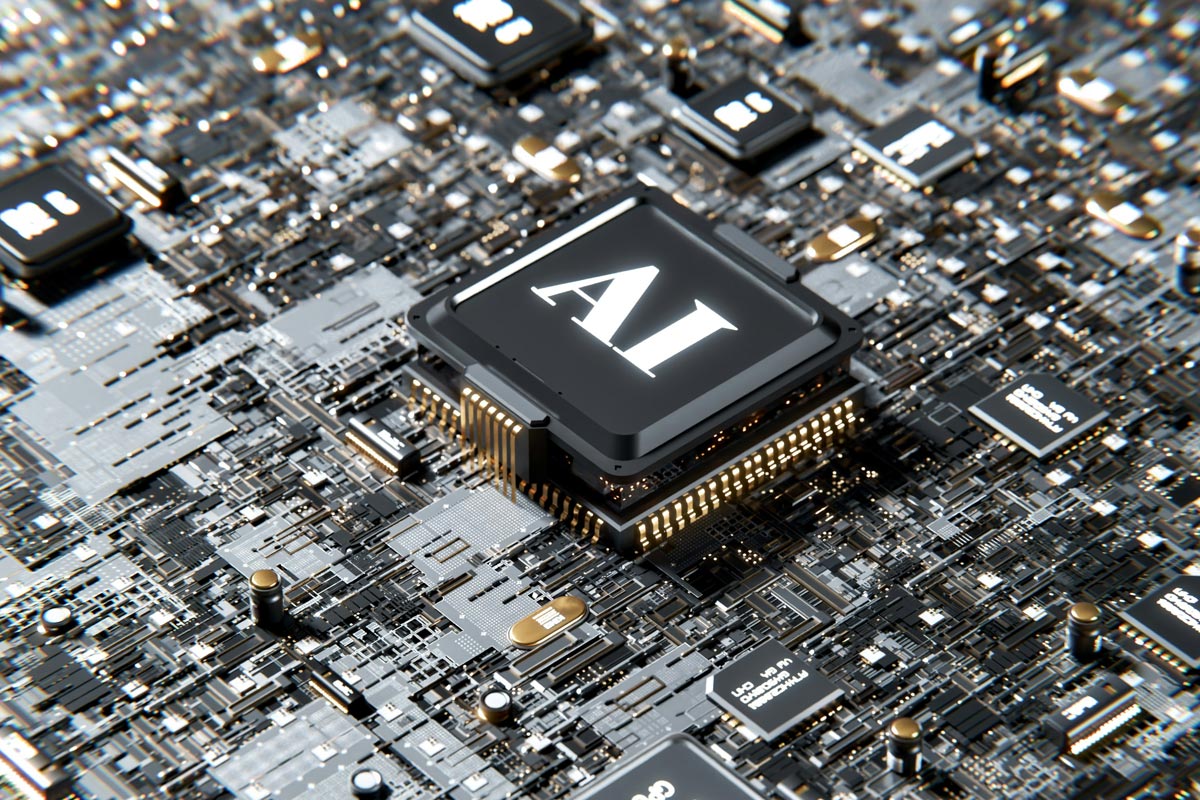If you are thinking of buying a PC or upgrading it with more memory and a larger SSD, do so as soon as possible.
A significant rise in the prices of NAND memory (used in SSD drives) and DRAM in our PCs and laptops is on the horizon. For two years, users have benefited from a boom in these components, but that is over. And the blame lies with AI and the rush to create more and more data centres.
When memory was cheap.
In March 2023, prices for NAND and DRAM memory were plummeting. The pandemic had caused extraordinary demand, but once the lockdown ended, the situation reversed. Manufacturers had produced too much—expecting demand to remain high—and found themselves with excessive inventory. People no longer wanted so many memory modules and SSD drives, and prices plummeted.
AI changes everything (and this, too).
The effects of that imbalance have lingered for two years, but the arrival of ChatGPT sparked an AI craze that has led to another craze: data centres. These facilities use thousands of GPUs, and these GPUs use huge amounts of memory. Above all, they use HBM memory, which since its creation has been geared towards enterprise applications: it was much more expensive, but also much more powerful.
Price evolution of Samsung 980 Pro 1TB SSD drives. In mid-2023, the drives reached their lowest price. From there, the price began to rise.
Price increases will continue.
SSD drives such as the Samsung 980 Pro 1TB are a good example of what is happening. On CamelCamelCamel, we can see this price evolution, which reached its lowest point in mid-2023 and then began to rise. These drives have been replaced by the 1TB 990 Pro, with a less pronounced increase, it is true (in fact, it is around £100, which is an attractive price), but everything points to this curve soon following the trend of its predecessor.
And DRAM memory will also rise.
The prediction is the same for the DRAM memory market, which is used, for example, in DDR4 and DDR5 memory modules in our PCs and laptops. According to TrendForce, in the third quarter of 2025 — which has just begun — we will see a rise of more than 40% in DDR4 memory modules. In the case of GDDR5 memory, we will have a respite and the increase will reach a maximum of 8%.
More expensive PCs and gaming.
These types of increases particularly affect end users who buy PCs and laptops for work, but also for gaming. Memory modules for graphics cards will also rise significantly in price this quarter, according to TrendForce. GDDR6 memory will rise by up to 33% and GDDR7 by up to 10%, according to their estimates.
HBM memory to the fore.
The data centres that all the big tech companies are now rushing to build require huge amounts of memory, and this is affecting the balance between supply and demand in both the enterprise market and the end-user market. In fact, memory manufacturers are increasingly focusing their production on HBM memory—used in AI accelerators—and leaving traditional DRAM and NAND memory in the background. Micron says its production of HBM modules for the whole of 2026 is already sold out, and SK Hynix seems to be in a similar situation: demand for these modules is extraordinary.

The Raspberry Pi as an example.
We are already seeing the consequences of these types of movements. Raspberry Pi, which had stockpiled memory modules during the boom times, was forced to raise the prices of new models a few days ago precisely because of the memory shortage. Thus, the 4 GB versions of the Raspberry Pi Compute Module 4 and 5 rose in price by five dollars, and the 8 GB versions rose by ten dollars. The company’s CEO, Eben Upton, explained that ‘memory costs about 120% more than it did a year ago’.
Why not build more memory factories?
The solution seems obvious: if more memory is needed, more factories should be built. However, manufacturers are reluctant to do so for several reasons. The first is the enormous cost of these plants, which runs into tens of billions of dollars. The second is that these factories take years to reach mass production. And the third is that they do not want to repeat the mistakes of the past: demand is now even more spectacular than during the pandemic, but the threat of an ‘AI bubble’ bursting would leave them once again with excessive inventory and factories they no longer need. Not a good situation.





